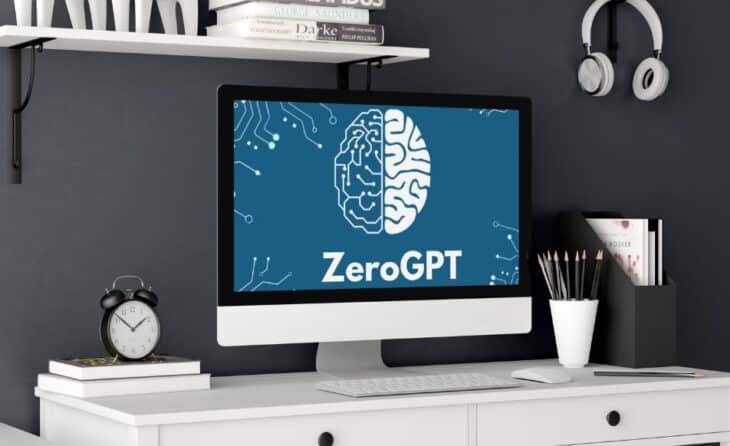In the last decade, artificial intelligence (AI) has emerged as a powerful tool. It completely changed the way we perceive and conduct content generation.
However, with this rise comes the need for reliable AI content detectors to distinguish between human-created and AI-generated content.
With so many options appearing on the market, finding the one that can provide us with the best possible results can be quite a challenge.
Let us talk about it.
1. ZeroGPT
ZeroGPT is one of the most widely known AI content detectors, developed specifically to counter the outputs of GPT models.
It offers an intuitive interface, detailed reporting, and a range of pricing plans to suit various needs, from individual users to large enterprises.
Test Results
ZeroGPT performed impressively in detecting AI-generated content, particularly from GPT models. Its analysis was thorough, and the tool provided clear indicators of AI patterns.
When tested on hybrid content, ZeroGPT struggled to accurately distinguish between human and AI-generated segments, leading to a mix of results.
- Strong performance with GPT model detection
- Detailed reporting
- Flexible pricing
- Difficulty with hybrid content
- Less effective with non-GPT models
2. Originality.AI
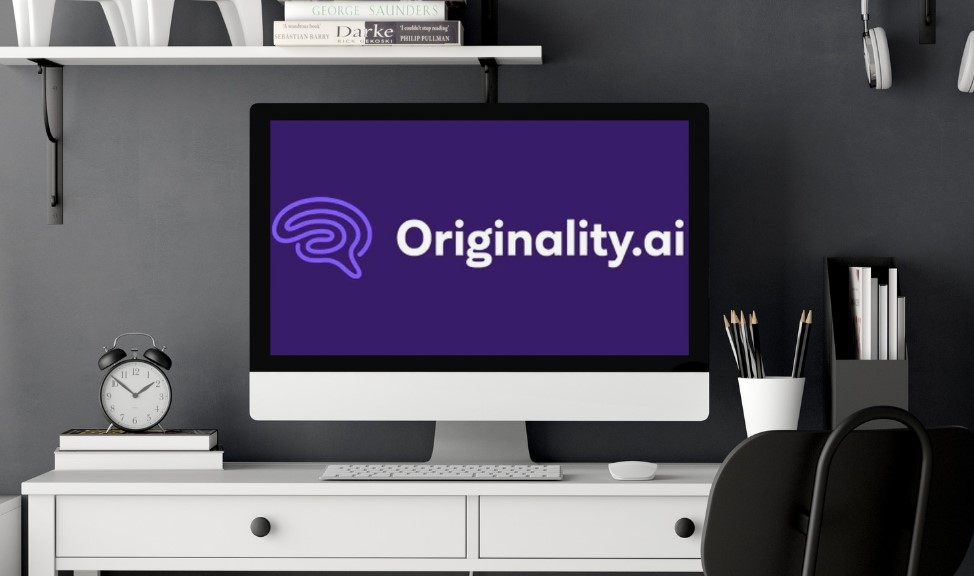
Originality.AI is a specialized tool designed to detect AI-generated content and plagiarism.
It is particularly popular among creators and educators who need to ensure the originality of their work.
Key features include deep integration with various CMSs, a user-friendly interface, and competitive pricing models that cater to both individual users and organizations.
Test Results
Originality.AI demonstrated a high level of accuracy in detecting AI across various models, including GPT and Claude.
The tool flagged subtle patterns typically, providing detailed explanations for its decisions.
However, it occasionally marked complex human-written content as AI-generated, indicating a tendency towards false positives.
- High accuracy
- User-friendly interface
- Integration with CMS
- Competitive pricing
- Occasional false positives
- Limited scalability for extremely long documents
3. Hive
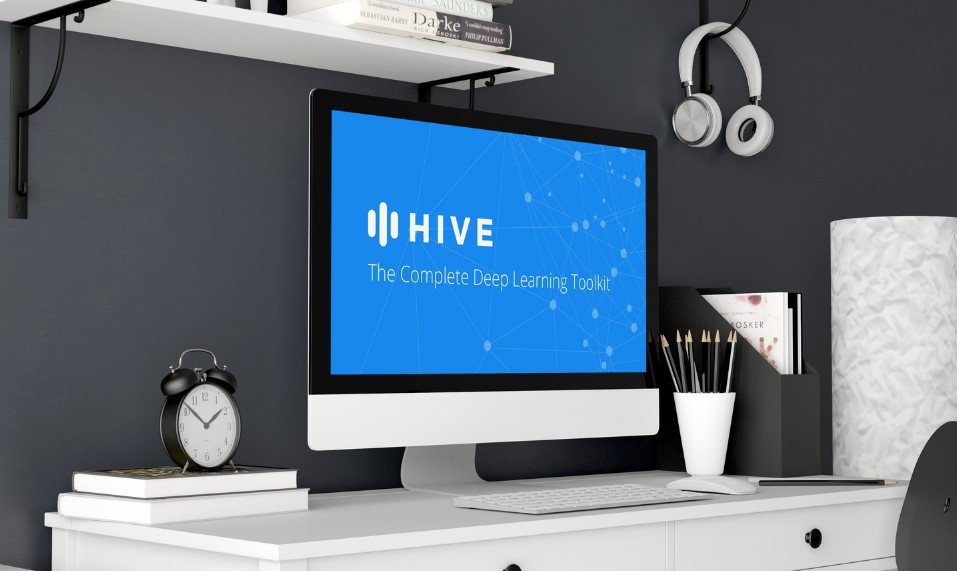
Hive is an AI content detector known for its broad applicability across different AI models and content types.
It features an advanced AI detection algorithm, browser extension support, and robust API access, making it a versatile tool for developers and managers.
Test Results
Hive showed consistent accuracy across various AI models, including those beyond GPT. Its browser extension was particularly useful for real-time content checking.
The tool’s user interface was less intuitive than others, and the steep learning curve could be a barrier for some users.
- Broad model applicability
- Real-time detection via browser extension
- API access
- Less user-friendly interface
- Steep learning curve
4. Winston AI

Winston AI is tailored for academic and professional use, offering features like detailed content analysis, plagiarism detection, and comprehensive reports.
It is designed to cater to users who need in-depth insights into authenticity.
Test Results
In our tests, Winston AI provided highly detailed reports and was particularly effective at identifying complex AI-generated content.
Its plagiarism detection feature was a notable advantage, adding value for users concerned with both originality and AI.
The tool’s extensive features make it slower than others in processing content.
- Detailed reports
- Effective plagiarism detection
- Comprehensive analysis
- Slower processing speed
- May be overwhelming for casual users
5. Smodin

Smodin is a relatively new player in the AI content detection space, offering a straightforward interface and essential features at a lower price point.
It targets budget-conscious users who still require reliable AI detection capabilities.
Test Results
Smodin performed reasonably well in detecting AI-generated content but lacked the depth of analysis provided by more established tools.
It was quick and easy to use, making it accessible for those who need a fast, no-frills solution.
Its lower accuracy rate and limited additional features may be a drawback for more demanding users.
- Affordable pricing
- Quick and easy to use
- Suitable for basic needs
- Lower accuracy
- Limited additional features
6. Copyleaks
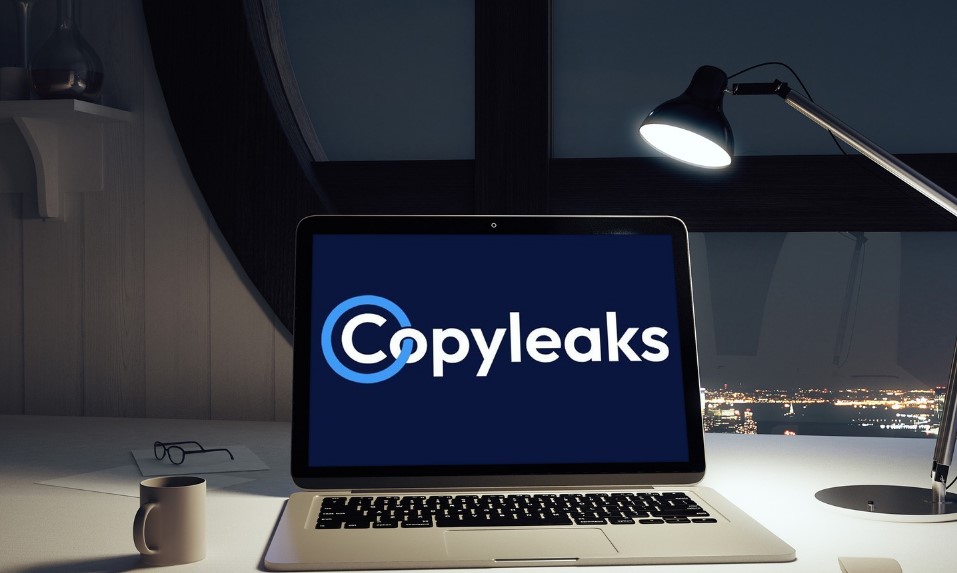
Copyleaks is a comprehensive content detection tool that specializes in both plagiarism and AI content identification.
It is popular among students, educational institutions and businesses that need to ensure the authenticity of a large volume of content.
Test Results
Copyleaks demonstrated high accuracy in detecting AI-generated content, especially in educational contexts.
Its plagiarism detection feature was robust, making it a dual-purpose tool.
However, the tool’s complexity and higher cost may be a barrier for smaller users or those with simpler needs.
- High accuracy
- Strong plagiarism detection
- Suitable for large-scale use
- Complex interface
- Higher cost
7. Sapling AI Detector
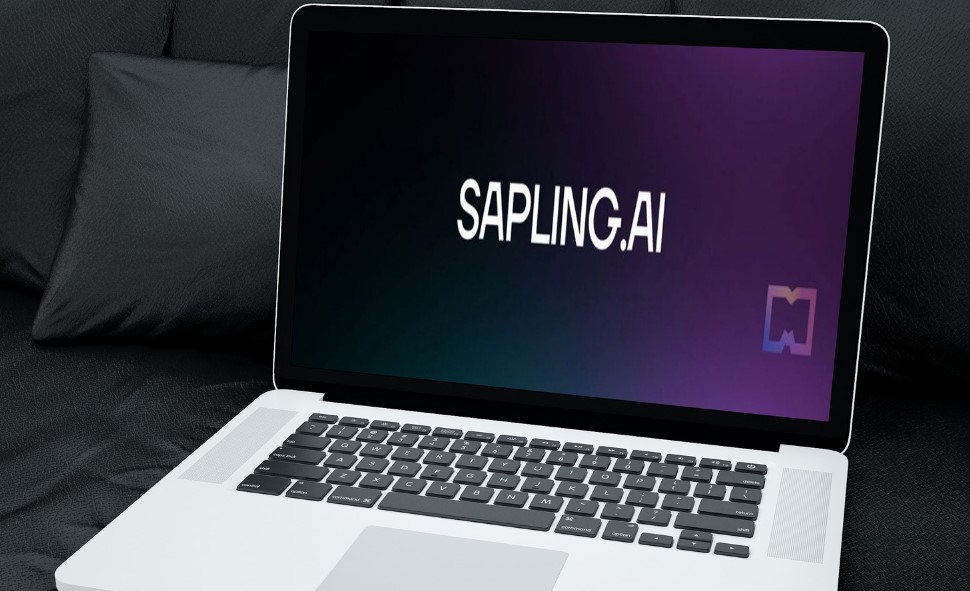
Sapling AI Detector is designed to seamlessly integrate with customer service and communication platforms, providing real-time AI content detection.
It is geared towards businesses that need to monitor large volumes of communication for AI-generated content.
Test Results
Sapling excelled in real-time detection scenarios, particularly in customer service applications.
Its ability to handle large volumes of short-form content was impressive.
Still, it struggles with longer, more complex documents, where its accuracy diminishes slightly.
- Real-time detection
- Strong integration with communication platforms
- Handles high volumes of content well
- Reduced accuracy with long-form content
- Less suitable for non-business use
Criteria for Selection
Selecting the seven AI content detectors for this review involved careful consideration of various factors. Accuracy was paramount, as the primary goal was to determine how well these tools could detect AI-generated content.
Ease of use was another critical criterion, ensuring that users of all technical levels could effectively navigate and utilize these tools.
Additional features such as interpretability, plagiarism detection, and API access were also considered, as they enhance the overall value of the tool.
Scalability, or the ability to handle various lengths and types, was the final criterion, as it determines the tool’s adaptability in different contexts.
Testing Methodology
The testing methodology involved using three distinct types of content:
- Human-written
- AI-generated
- A hybrid that combines both
These content types were selected to provide a comprehensive evaluation of each tool’s detection capabilities.
Scalability was also tested by running each tool on varying lengths and complexities to see how well they performed under different conditions.
Comparative Analysis
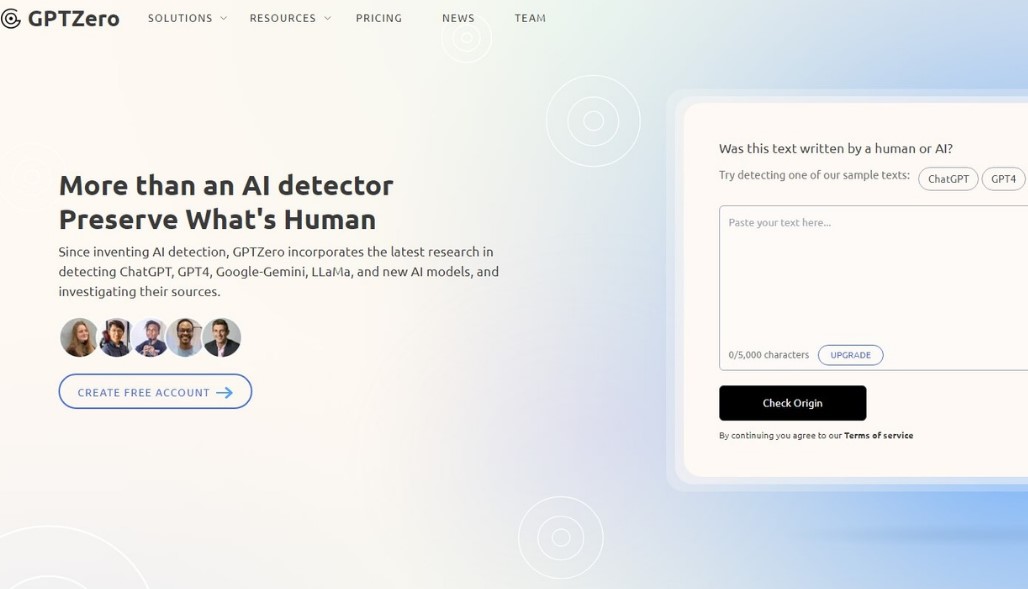
When it comes to accuracy, Originality.AI, Copyleaks, and GPTZero stood out among the seven tools.
Originality.AI was particularly effective at identifying subtle AI-generated patterns, while Copyleaks excelled in academic and professional contexts.
GPTZero was strong in detecting content generated by GPT models but faltered slightly with hybrid content.
Hive and Sapling were consistent, though not as accurate as the top performers, especially with non-GPT models and long-form content, respectively.
Winston AI offered detailed analysis but was slower, while Smodin, although easy to use, had a lower accuracy rate overall.
Ease of Use
In terms of ease of use, Smodin and GPTZero led the pack with their straightforward interfaces and quick processing times.
Originality.AI and Hive offered user-friendly experiences, but Hive’s interface required more familiarity to navigate effectively.
Copyleaks and Winston AI, while powerful, had more complex interfaces that could overwhelm casual users.
Sapling’s ease of use was dependent on its integration with communication platforms, making it more suitable for business applications than for general use.
Scalability
Sapling and Hive were the top performers in terms of scalability, particularly in handling large volumes of content.
Sapling’s real-time detection was well-suited for business environments with high communication traffic.
Hive’s API access allowed for scalable solutions in various applications.
Originality.AI and Copyleaks also performed well, especially in academic and content management settings.
Winston AI, though comprehensive, was slower with larger documents, and Smodin, while quick, was less effective with more complex content.
Summary
The role of AI content detectors will continue to grow in importance.
While the tools reviewed here offer valuable solutions, they are not without their limitations.
The future of AI content detection will likely involve further advancements in accuracy, interpretability, and scalability, making it essential for users to stay informed about the latest developments in this field.
